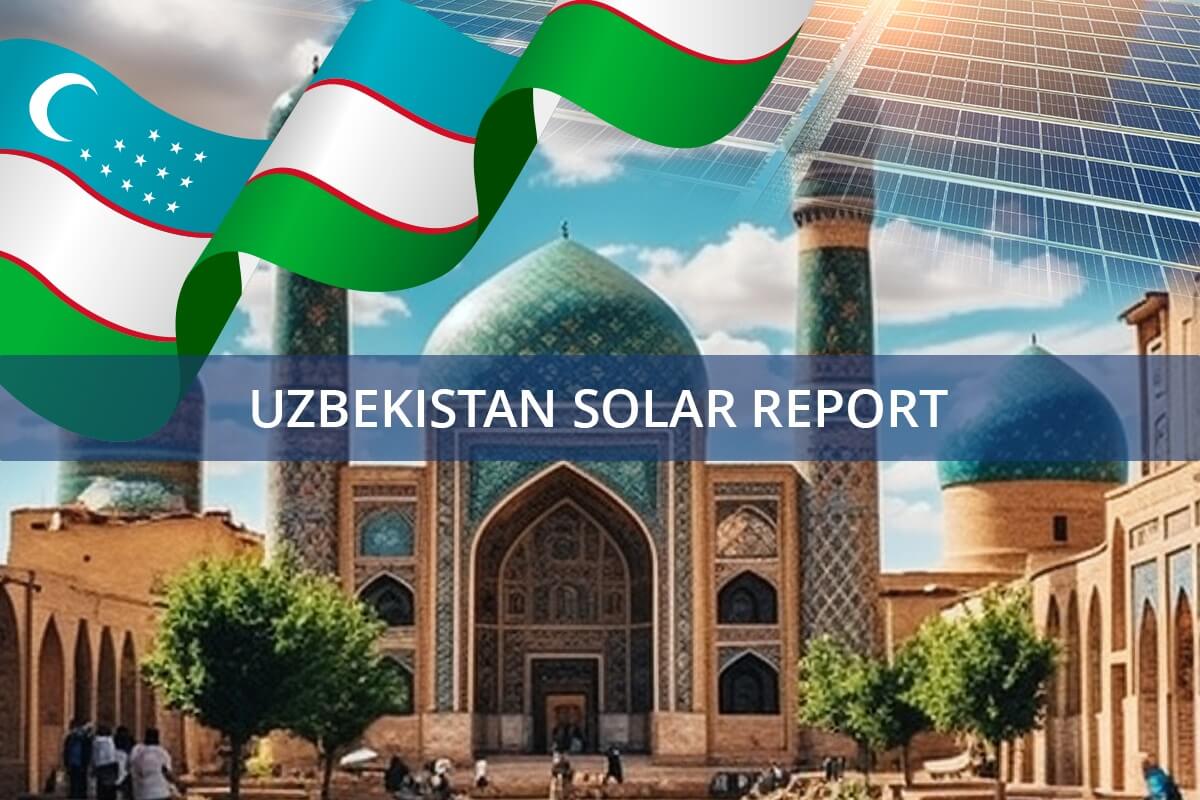Uzbekistan has significantly expanded its solar energy capacity, reaching 191.6 MW as of the first quarter of 2025. This growth highlights the country’s commitment to renewable energy and its efforts to reduce reliance on fossil fuels.
Expansion of Uzbekistan solar capacity
Uzbekistan’s solar capacity reached 191.6 MW as of the first quarter of 2025, with an average annual capacity of 191.1 MW, according to Enerdata. This growth reflects the country’s commitment to expanding its renewable energy portfolio and reducing its reliance on traditional fossil fuels. The expansion of solar energy is part of Uzbekistan’s broader strategy to diversify its energy sources and reduce its carbon footprint, in line with global trends towards clean energy.
The Uzbek government has played a crucial role in driving this growth by implementing supportive policies and regulatory frameworks. Initiatives such as feed-in tariffs, tax incentives, and long-term power purchase agreements have attracted both domestic and international investments in the solar sector. These measures have created a conducive environment for the development of solar projects, thereby contributing to the steady increase in installed capacity.
Key projects driving Uzbekistan solar capacity
Several significant solar projects have been completed or are under development in Uzbekistan, contributing to the country’s growing solar capacity. One of the most notable projects is the 100 MW Nur Navoi solar plant. Developed by Masdar, a leading renewable energy company based in the UAE, the plant became operational in 2022, marking a major milestone in Uzbekistan’s renewable energy journey. The Nur Navoi project was the first utility-scale solar plant in the country and set the stage for future developments.
Additionally, several other projects are in the pipeline, including a 200 MW solar project in Sherabad, Surkhandarya region, and a 100 MW solar project in Samarkand. These projects are expected to be completed in the coming years, further boosting Uzbekistan’s solar capacity.
The Sherabad solar project is particularly significant as it is part of the government’s plan to develop a series of solar parks across the country. This project, which is being developed in partnership with international investors, will not only increase the country’s solar capacity but also create jobs and stimulate economic growth in the region.
Impact of Uzbekistan solar capacity on the national energy mix
The rapid growth of solar energy in Uzbekistan is having a profound impact on the country’s energy mix. Uzbekistan has traditionally relied on natural gas and coal for electricity generation. However, the expansion of solar energy is helping to diversify the energy supply and reduce the country’s carbon emissions.
The government’s goal is to increase the share of renewable energy in the country’s energy mix to 25% by 2030. The growth of solar energy is a key component of this strategy and is expected to play a significant role in helping Uzbekistan achieve its renewable energy targets.
In addition to environmental benefits, the expansion of solar energy is also contributing to energy security in Uzbekistan. By reducing reliance on fossil fuels, the country is less vulnerable to fluctuations in global energy prices. Moreover, the development of domestic renewable energy resources reduces the need for energy imports, thereby strengthening Uzbekistan’s energy independence.
Future prospects for Uzbekistan solar capacity
Looking ahead, Uzbekistan’s solar energy sector is poised for continued growth. The government has announced ambitious plans to increase the country’s solar capacity to 5 GW by 2030. To achieve this goal, the government is working to attract more investments in the solar sector and streamline the regulatory process for new projects.
International partnerships will also play a crucial role in the future development of Uzbekistan’s solar energy sector. The government is actively seeking collaborations with foreign investors and technology providers to accelerate the deployment of solar projects across the country.
As Uzbekistan continues to invest in solar energy, it is also exploring other renewable energy sources such as wind and hydropower. The combination of these renewable energy sources will help the country build a more resilient and sustainable energy system, capable of meeting the growing demand for electricity while minimizing environmental impact.
The rapid growth of solar energy in Uzbekistan is a testament to the country’s commitment to renewable energy and sustainable development. With continued investments and supportive policies, Uzbekistan is well on its way to becoming a leader in solar energy in Central Asia. For more information on Uzbekistan’s solar achievements, visit PVknowhow.

